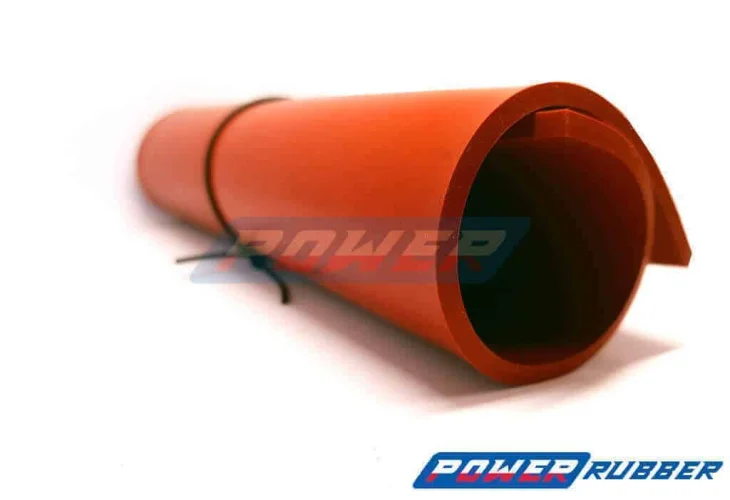Solid silicone
08.03.2021
Solid silicone, or silicone rubber, isa chemically inert polymerthat belongs to the group of universal, flexible rubbers. Used primarily in industry, where it is necessary to use products with high resistance to external factors. Other names under which solid silicone can be foundare:
- MVQ rubbers whose chemical name is poly(methyl vinyl-siloxane) and short for VMGI
- VMQ rubber, chemically: poly(methylyloxane) with vinyl groups
- Silicone VMQ Silastic
- silicone
- Wacker from Silkonkautschuk
- Silastomer
Solid silicone – advantages
Silicone rubber has a lot of advantages, which is why it is a valued material in industry. The main advantages of solid rubber are:- dielectric properties
- very high flexibility and compressibility, although it can deform slightly under high pressure
- well passed gases
- resistance to twisting, crushing, breaking
- subjected to even long-term operation, has resistance to oxidation
- resistance to low and high temperatures – continuous operation in conditions from -60 degrees to +180 degrees Celsius, periodically silicone can work in up to +250 degrees
- uv and infrared resistance
- steam resistance up to 3 atmospheres
- non-flammability
- long-term storage does not adversely affect its properties
- ozone resistance
- silicone does not undergo heat and atmospheric aging
- physiologically harmless and food-induit
- smooth surface allows you to easily maintain hygiene and cleanliness
- resistance to many chemicals
Solid rubber silicone – parameters
Before silicone products go on sale, manufacturers are required to test them. In particular, tear and stress strength, deformation, stretching to determine the moment of rupture are checked. These tests provide an opportunity to obtain specific parameters that solid silicone is supposed to achieve. Individual parameters and some methods of determining them:- Shore hardness (Sh'A unit of measure), different ranges, but the silicons in the range 50-70 Shore A work best.
- tensile strength (MPa unit of measure), also tested by DIN 53505, DIN 53504-S1 and BS EN ISO 37
- tear strength (N/mm unit of measurement), determined by method BS EN ISO 903 and ASTM D624-B
- strain test by compression (unit of measure), method DIN 53517 type II and BS 903 pt A6 type B
- thermal conductivity (unit of measure W/m x K), checked VDE 0304
- point of fragility (unit of measure degrees Celsius), determined by ASTM D746
- uv resistance (Gray unit of measure)
- electrical strength/dielectric constant/dielectric loss factor/electrical resistivity - all tested by VDE method 0303
- operating temperature range (unit of measure degrees Celsius)
Solid silicone – silicone rubber and FDA certified
Current European Union law requires silicone products to comply with FDA Certificate 21 CFR 177.2600 "Rubber products intended for repeated contact with food". The standards are very strict in terms of contact with drinking water and skin.Solid silicone – colours and application
Solid silicone can have several colors, each with individual parameters and characteristics characteristic of each other. It is distinguished by white, transparent, black and brick red. Due to its properties, silicone rubber has been used in many industries. Where is solid silicone used?- seals and gasket production
- Insulation
- food industry
- medical industry
- packaging industry
- Pharmaceuticals
- construction and machinery industry
